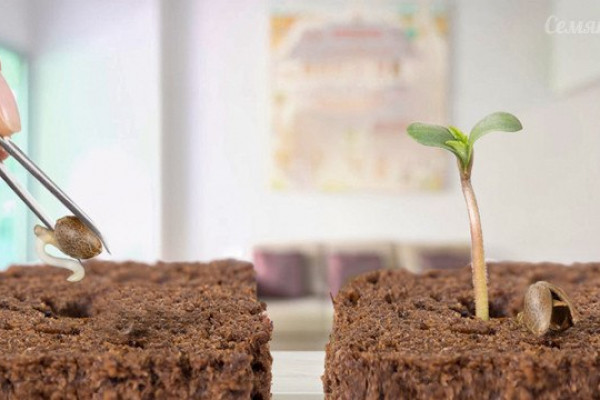0.00 грн.
Checkout
Sooner or later, every grower faces a test: they need to make sure that the transplantation of germinated marijuana is as stress-free as possible for the plants and the cannabis grower himself. When ordinary tomatoes are at stake, almost no one has any excitement from the upcoming process, but the life of precious “plants” touches the rastaman heart much more, which is why so many questions arise: when to transplant hemp seedlings on the street, how to harden, etc. In this article, Coffeeshop® shares the secrets of professional grow that will be useful for both cannabis and, by the way, tomatoes.
Remember that for cannabis sprout transplantation is an important life stage. During this period, the main "functions" of the plant are laid: the amount of harvest depends on how successful the vega will be. While you have not yet transplanted the bush into the outdoors, you should prepare it for life in new conditions.
The less you damage the roots, the better. Professional growers tend to buy pots for marijuana and grow bugs, thanks to which the growth and transplant process plants occurs as comfortably as possible.
If you see that the sprout looks oppressed, lags behind the rest, has an unhealthy color, then do not rush to transplant marijuana in the open field. It will be more useful for a seedling to stand in its native environment for several days in order to acquire a healthy look than to move into unfamiliar conditions in even more stress.
Of course, with the determination that the plant is ready. It is not worth thinking about transplanting cannabis seedlings until the cannabis has a second floor of leaves and it becomes cramped in the starting pot. At the moment when you get a sprout, the earth should be held by a developed root system without shedding.
When a plant is in a small pot for too long, its roots begin to branch out in circles, forming a dense base. Water does not pass well through it, and the roots themselves can rot. If you find this when transplanting marijuana seedlings, you can carefully loosen the root system, and only then place the sprout in a new place.
You can bury the plant down to the level of the cotyledon leaves. In this part of the trunk, new roots are formed that will hold the tall stem even in strong winds. When transplanting marijuana seedlings into open ground, this is very important.